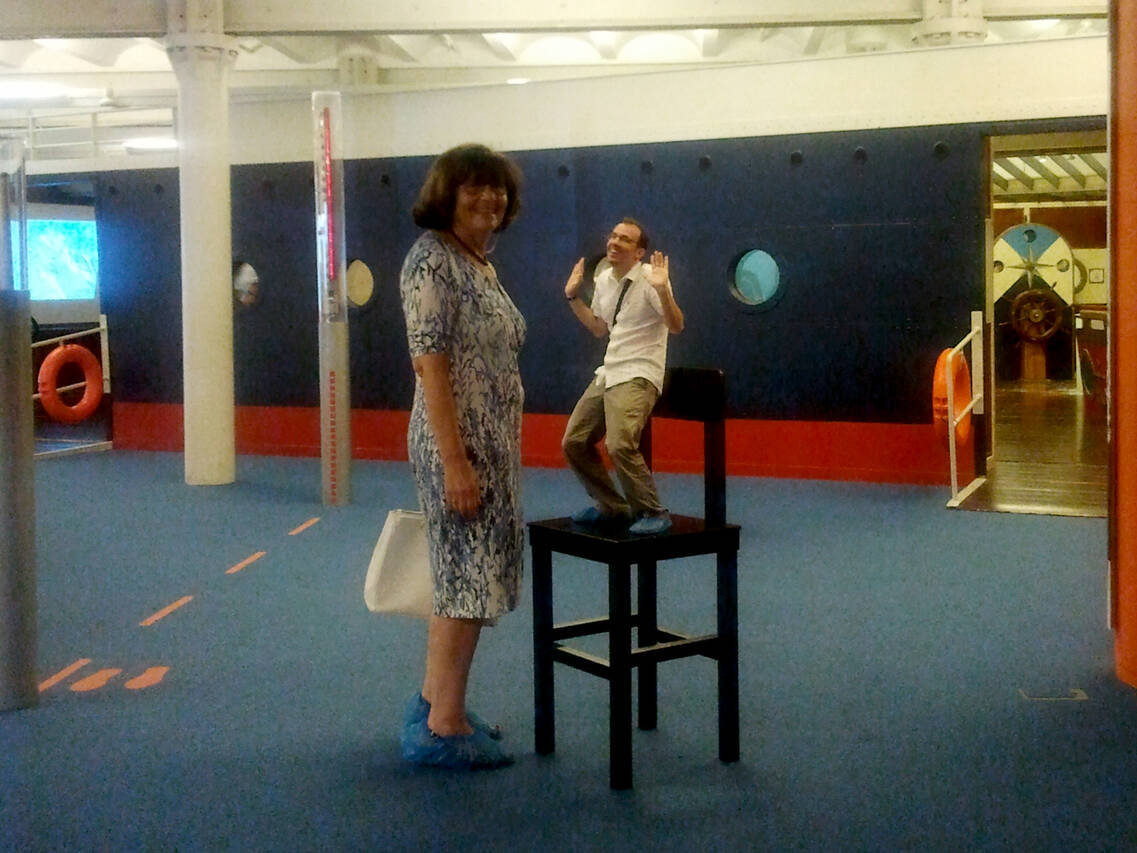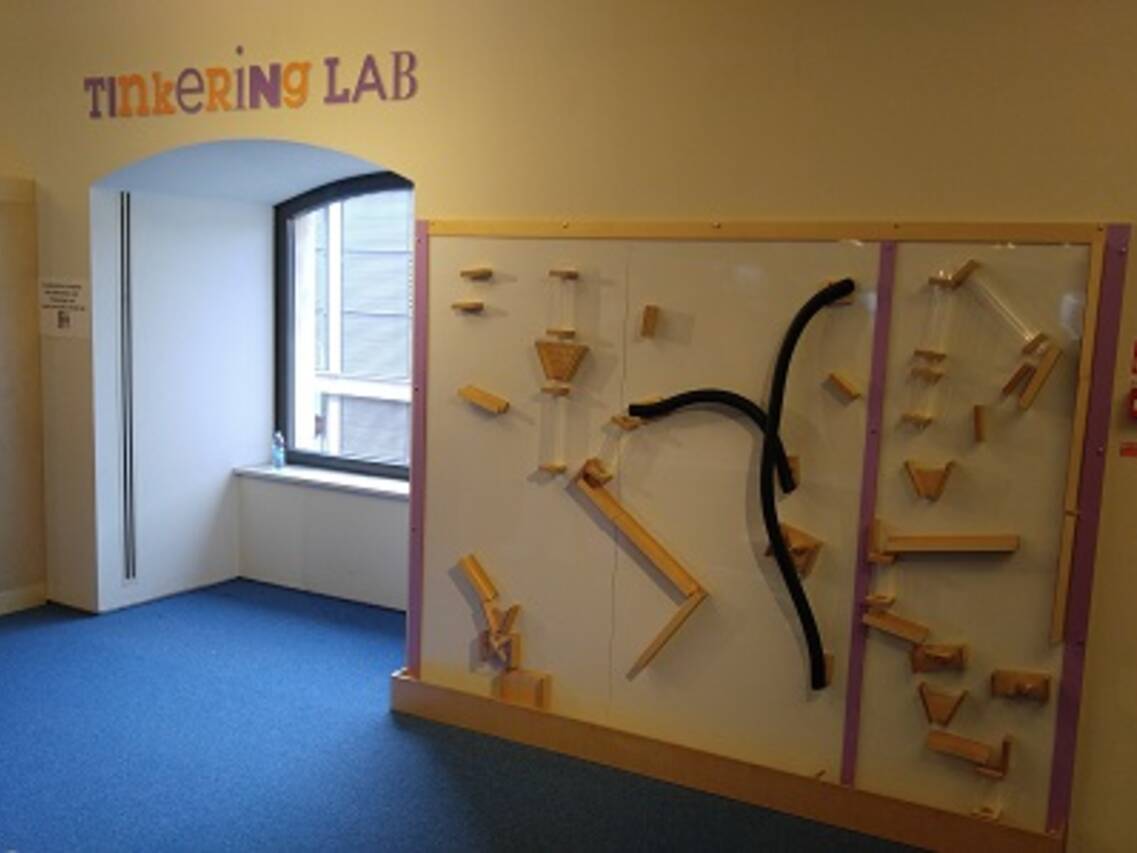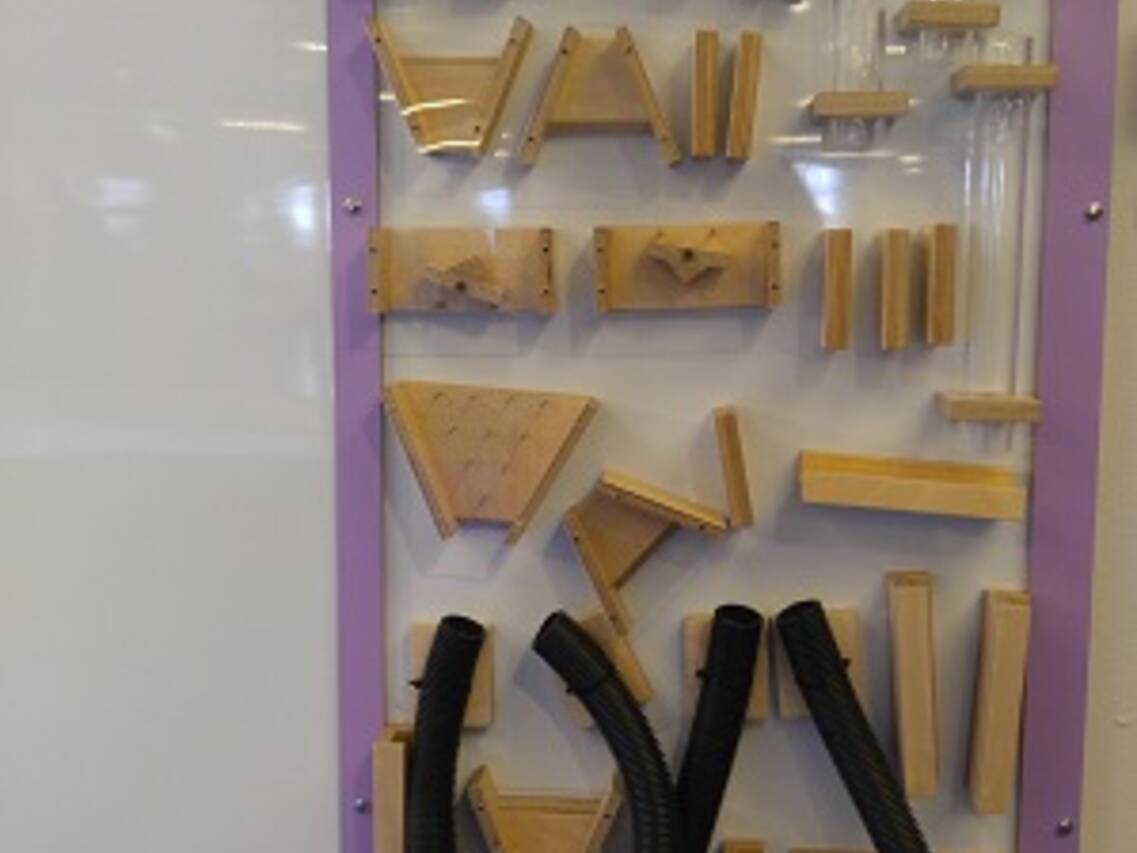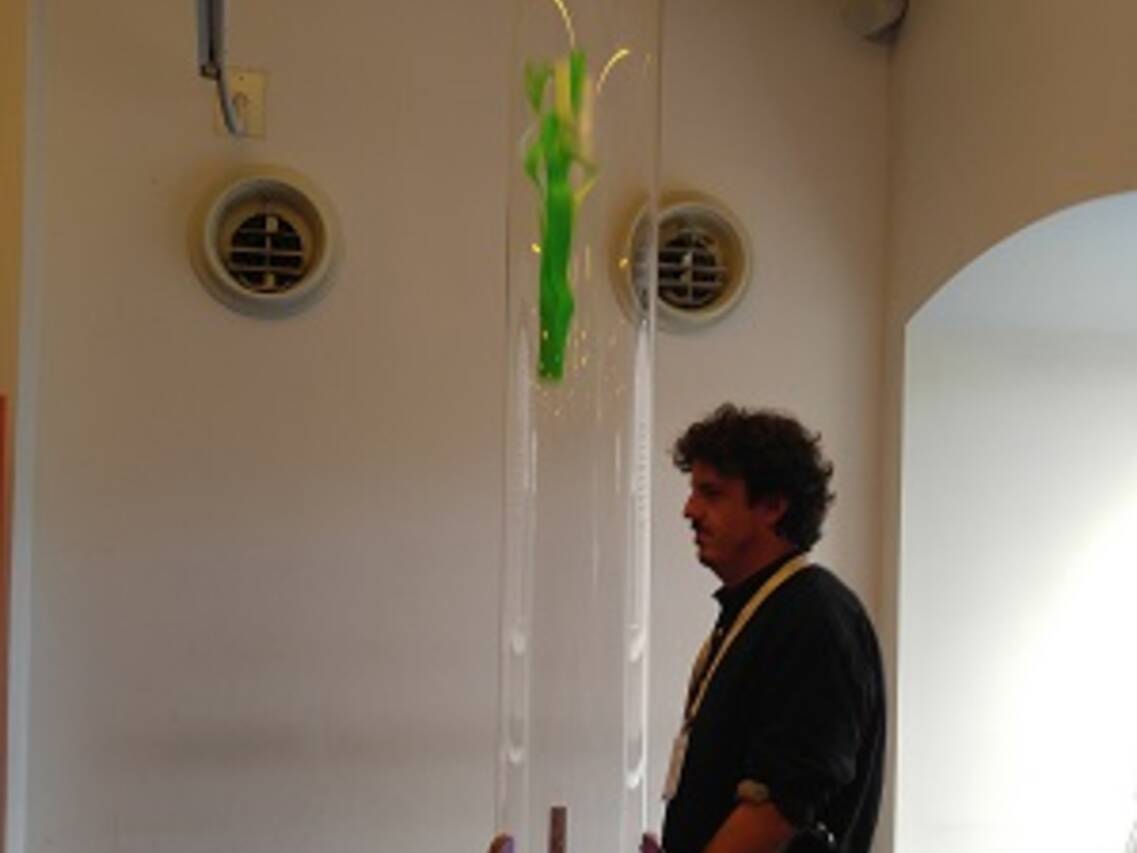The "Città dei Bambini e dei Ragazzi"
Between 2010 and 2018, the National Research Council and the Porto Antico SpA of Genoa developed new collaborations with the purpose of carrying out initiatives for communication and dissemination of science. The permanent exhibition area “Città dei bambini e dei ragazzi” is currently undergoing a process of reorganization.
For the permanent Science centre "Città dei bambini e dei ragazzi" in Genoa, the Cnr Communication Unit has created the areas named 'The living being', 'Tinkering Lab' and 'Optical Illusions' (for children from 6 to 14 years old) respectively in April 2018, March 2017, and October 2015. The three areas complement 'Energy at stake', previously open to the public in June 2010.
'The living being': permanent educational play area, dedicated to the age group from 2 to 13 years, presents living insects, photographs and interactive exhibits that show the differences between various types of arthropods (insects and arachnids) explaining how to recognize them in nature. Two display cases reproduce an environment in which specimens of stick insects (Bacillus rossius) and leaf insects (Phyllium philippinicum) hide and camouflage themselves, as in nature, and young visitors can observe their behaviour, their physical appearance and above all try to find and count them. Furthermore, as in a real 'Naturalist's Table', arthropods with different characteristics are kept in entomological boxes and can be observed closely and classified according to their differences. A station equipped with a special video camera connected to a monitor allows to enlarge some insects and observe them in detail. A large panel decorated with camouflage silhouettes shows how the perception of the objects that surround us, including camouflaged animals, is extremely sensitive to movement. This aspect is further emphasized in the 'Stregatto' (Cheshire Cat) exhibit, where the visitor can play with an inclined mirror, making the face of the person in front of him appear and disappear.
'Tinkering lab: think, do, learn': laboratory area, dedicated to the age group 6-13 years, allows to experience science through activities capable of stimulating creativity, investigation, and exploration, based on personal attitudes and sharing of knowledge, facilitating the understanding of STEM disciplines (Science, Technology, Engineering, Mathematics). It is possible to invent and build flying objects, small robots, or tracks for acrobatic marbles, using recycled materials, electric motors, circuits, windpipes, letting oneself be inspired by the materials and tools available. An area where to play with, explore, and experiment science and technology in a simple and creative way.
In the exhibit 'The WindPipe', young visitors can make objects of different materials and shapes fly, spin, and swirl to explore the rules of aerodynamics. In 'Acrobatic marbles' they can use magnetized pipes, funnels, and channels to build a track to make the marble follow the most acrobatic path. The challenge can be to make the marble run uphill, make it go up and then down, make it spin or fall and then return to the starting point and build bigger and bigger tracks.
‘Optical illusions': an interactive exhibition area that reveals what lies behind optical illusions and perspective alterations that can trick the human eye. A series of ten two-dimensional and three-dimensional optical illusions and amusing perspective alterations, such as the one produced by the Ames Room and the Beuchet Chair, show in an interactive and engaging way how the perception of reality, resulting from the relationship between eye and brain, can sometimes be altered. Visitors are challenged by strange moving gears, spinning snakes, twisted chessboards, and numerous other deceptions! The eye transforms the light that hits it into signals that are then processed by the brain. Both are extremely complex and refined systems. In particular, the brain processes the signal received by the retina in a non-aseptic way, as a machine would do, but operates surprising syntheses of the set of information received. This process is based on known situations and when non-standard situations occur, it can provide us with information that conflicts with reality. Thus, we enter the field of optical illusions.
'Energy at stake': interactive scientific area dedicated to renewable energy. Through some hands-on experiments, visitors are introduced to the concept of energy, its different forms, transformations, and its fundamental properties. The area consists of a long interactive wall with exhibits placed in sequence. Young visitors, acting on different supports that produce different forms of energy, activate motors and conveyor belts that transfer an object from a starting point to the finishing line. The types of energy used are renewable: solar energy, wind energy and hydroelectric energy. Getting on a particular exercise bike, it is possible to experiment electromagnetic induction: the more you pedal, the more energy you produce. The last station also deals with electromagnetic induction: by rapidly moving a copper coil connected to an LED between the poles of a large magnet, electric current is generated and the LED lights up.
The exhibits in these three areas were designed and built by the Cnr Communication Unit - Genoa office.
Last update: 12/02/2025








